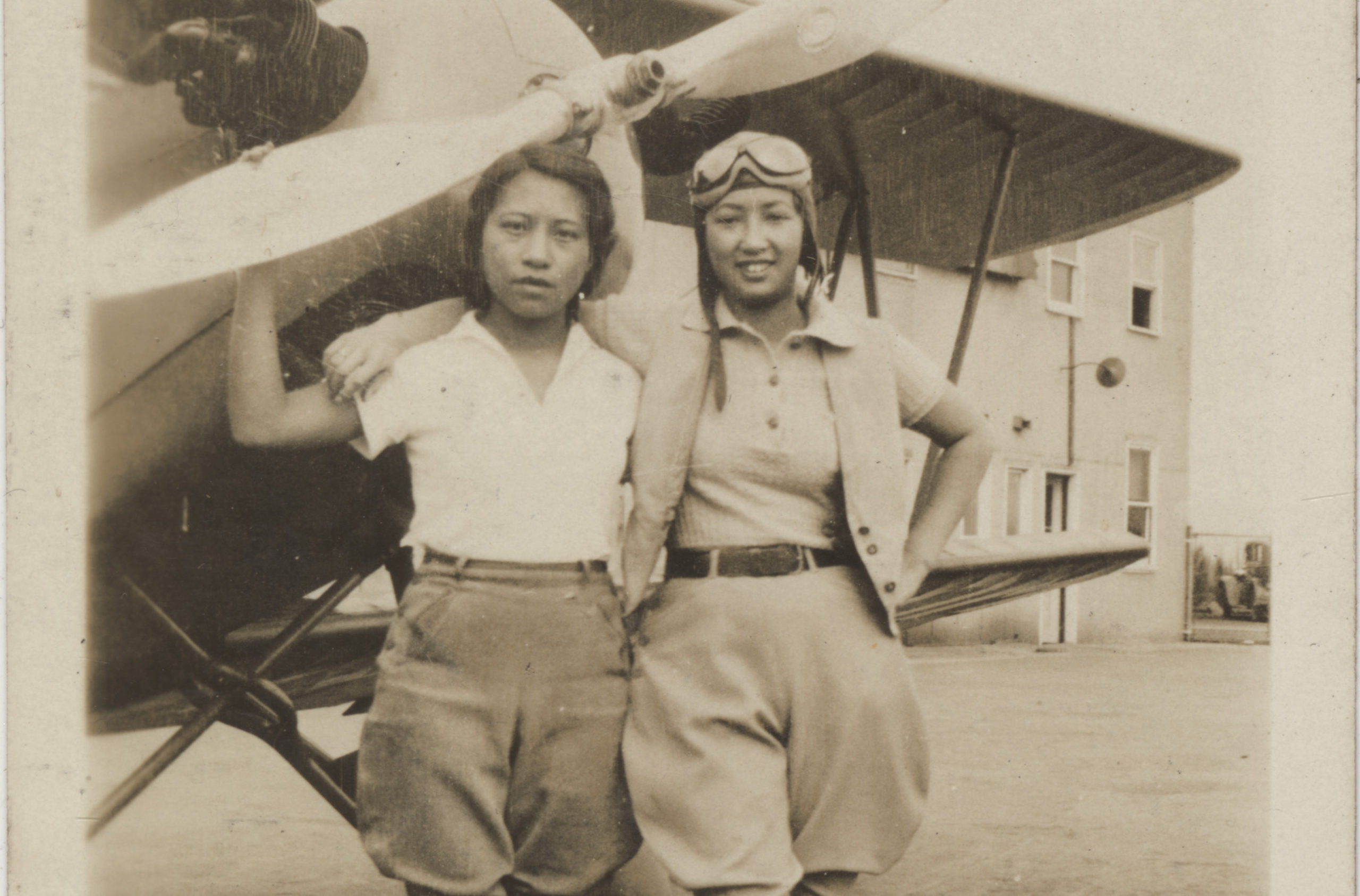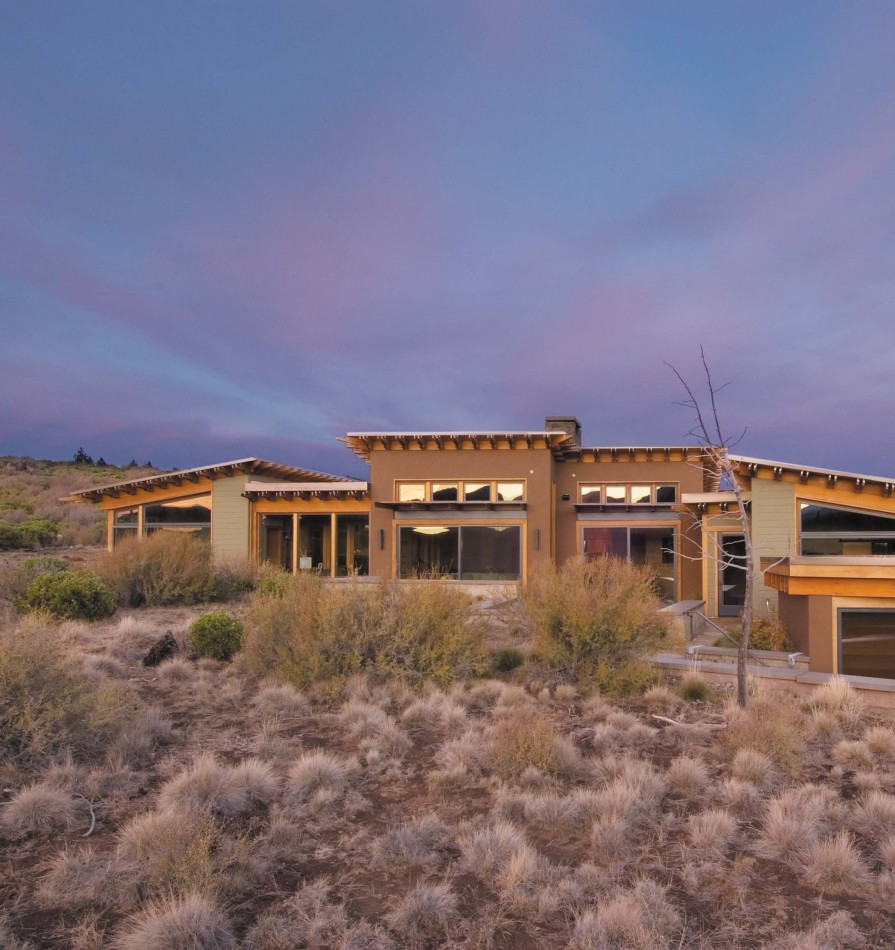written and photographed by Andy Batt
Wine? No, that is a bad answer … I find that my own personal projects are never blocked, only the ones I am doing for custom projects. I wait till the VERY last minute to do the custom projects. The tight deadline cuts my creativity in half and lets me produce quicker without the hemming and hawing of too much time. Is this a healthy way to work? HECK NO. It makes me crazy. But I get it done. I guess my creative blocks are demolished through procrastination, tight deadlines and wine.
What’s the most unlikely place that you’ve found inspiration?
I look internally to how I’m feeling and what I’m going through at the time. It sounds strange, but I make emotive fashion. Divorce. New jobs. Health. Love. I go pretty raw when it comes to inspiration, which makes me vulnerable, but I think more approachable at the same time. Raw. My sleeve is my inspiration, and my sleeve is made out of my heart.
What do you create?
I do two different clothing design styles: runway/art and commercial. What I make for the runway and photoshoots doesn’t always make it into production. My art is full of burden, desire, heartbreak and lust. My commercial work is meant to be worn every day, with a hint of the aforementioned. Most women aren’t going to wear my burden on their skirt, but it makes for a great photo.
When do your ideas show up? Or maybe where is a better question?
12 a.m. When I need to sleep. Or on a plane. Or on a hike by myself. But mostly at 12am when I need to sleep. I keep a sketchbook by my bedside so when I get those moments I can lock them down before I start dreaming of donuts and clown cars again.
How do you hold onto an idea that feels like it will slip out of your grasp?
A sketch book—but that doesn’t mean I sketch. I write a lot. I keep most of my mood boards in words. I like to tell a story before creating a collection. I like to know where the inspiration is derived from before I start cutting the fabric. Usually my inspiration is emotional, so I already have it in my heart (insert cheesy music here). Yes, I am that sappy.
Does clothing tell us the story of the material, the person who will wear it or the person who made it?
Clothing tells the story of who the person is and what they’ve been through. I make clothing that has an emotional response; I don’t make fast fashion. Long ago I realized the items of clothing I hold on to are the ones that have a tale to tell, an emotional trigger. I began to create with a emotional story behind my designs in the hope that they would trigger another person’s emotions and stay in their closet longer, and not ending up in a landfill, like fast-fashion does.
What do you get from your creative failures—how do you use them to move forward?
My creative failures aren’t failures. They might not have made my rent that month, but they still stretched my mind. Perhaps someone else didn’t get them, but I’m still proud and at least I TRIED. It’s not failure, just not monetary success … in the end what does it really matter? A big brand manufactured overseas with bad morals and a lack of sustainability doesn’t measure success for me. I suppose the measure of success isn’t about money for me, but heart. I put my heart into all. Perhaps those ideas aren’t scooped up, but the gain is in the trying.
What kinds of stories do you tell with your clothing designs?
Pull up a chair and lay me on a couch. I put all my darkness, my secrets and my emotions into my clothing design. I talk about heartbreak in my seams, abuse in my hems, hope in my silhouette, attitude in my styling and bad-ass in my color choice. Every collection is a story to me. Every collection shows my innermost secrets. Do I shout them out loud? No, I tell them through fabric. It makes me a vulnerable artist. I don’t hide who I am, which in itself is TERRIFYING!!
What’s the most interesting problem you solved (one that became a solution)?
I think the hardest problem for me is production. It’s getting garments to the people in a way that is sustainable and feels good, and is also cost effective. Designing clothing is easy, but manufacturing is a whole other problem. I guess I’m still trying to find my solution!
How do people alter their own stories with clothing?
Styling— It’s all about styling and attitude. The way I wear a black T is going to be totally different then the way my neighbor wears their black T. THAT IS WHY I LOVE CLOTHING. You can make it your own. Wear it your own. Be your own. You feel down one day? Up one day? Goth one day? Like a moth one day? You can dress your sleeve to the emotion of your choice. YES!
What’s happening in clothing design that we should be paying attention to?
The melding of tech with fiber. The melding of tech with accessories. Tech. Tech. Tech.
How do you get better at what you do?
Blood. Sweat. Tears. Hard work. Humility. Love. Hate. Passion. REPEAT.
Slushie or Slurpee?
Slurpee.
Good or Bad: Hawaiian Shirts?
Free trip to Hawaii? GOOD.
Kiss Boots or Moon Boots?
BOTH. One on each foot.
Leftover Breakfast: Cold pizza or spaghetti?
BOTH. One on each hip.









